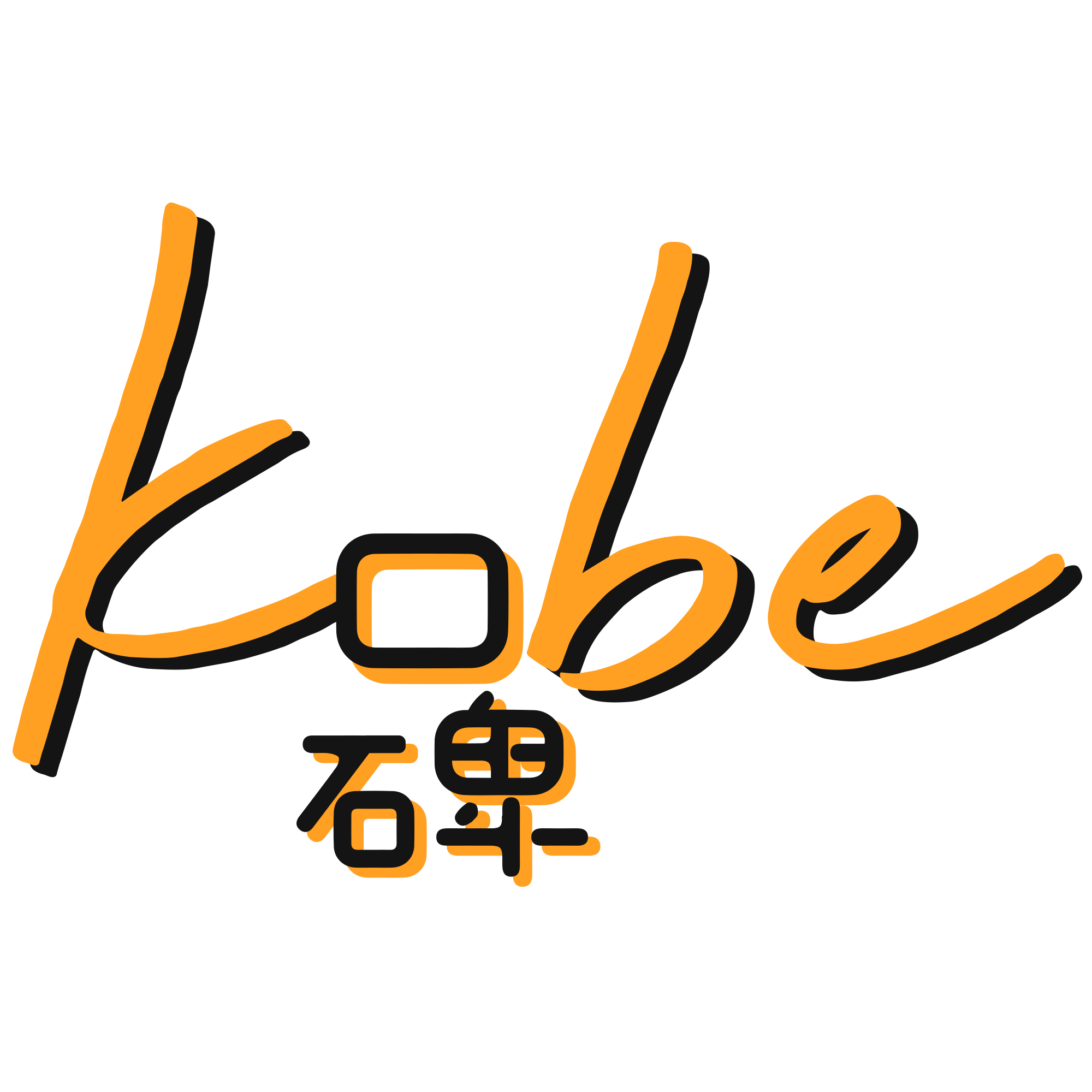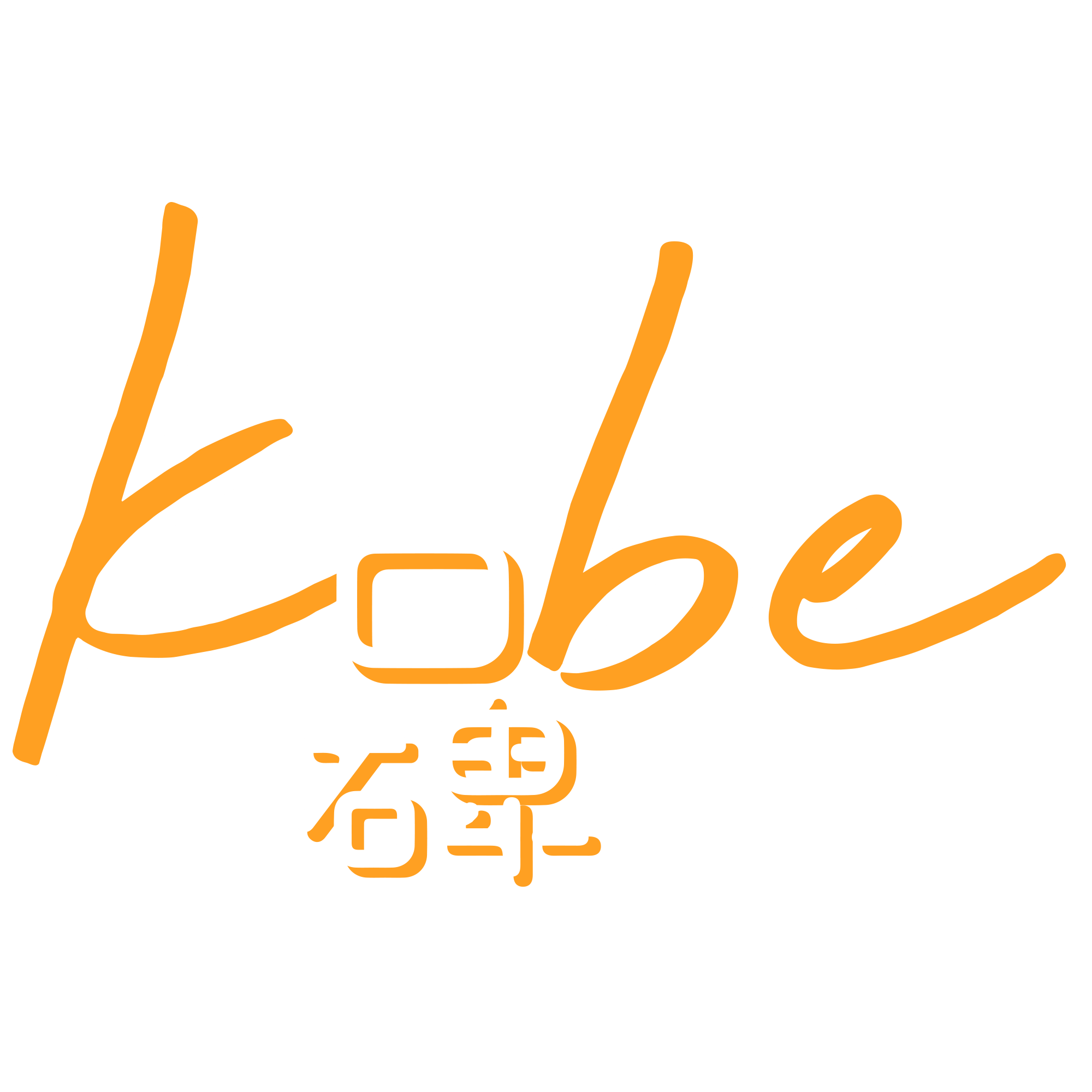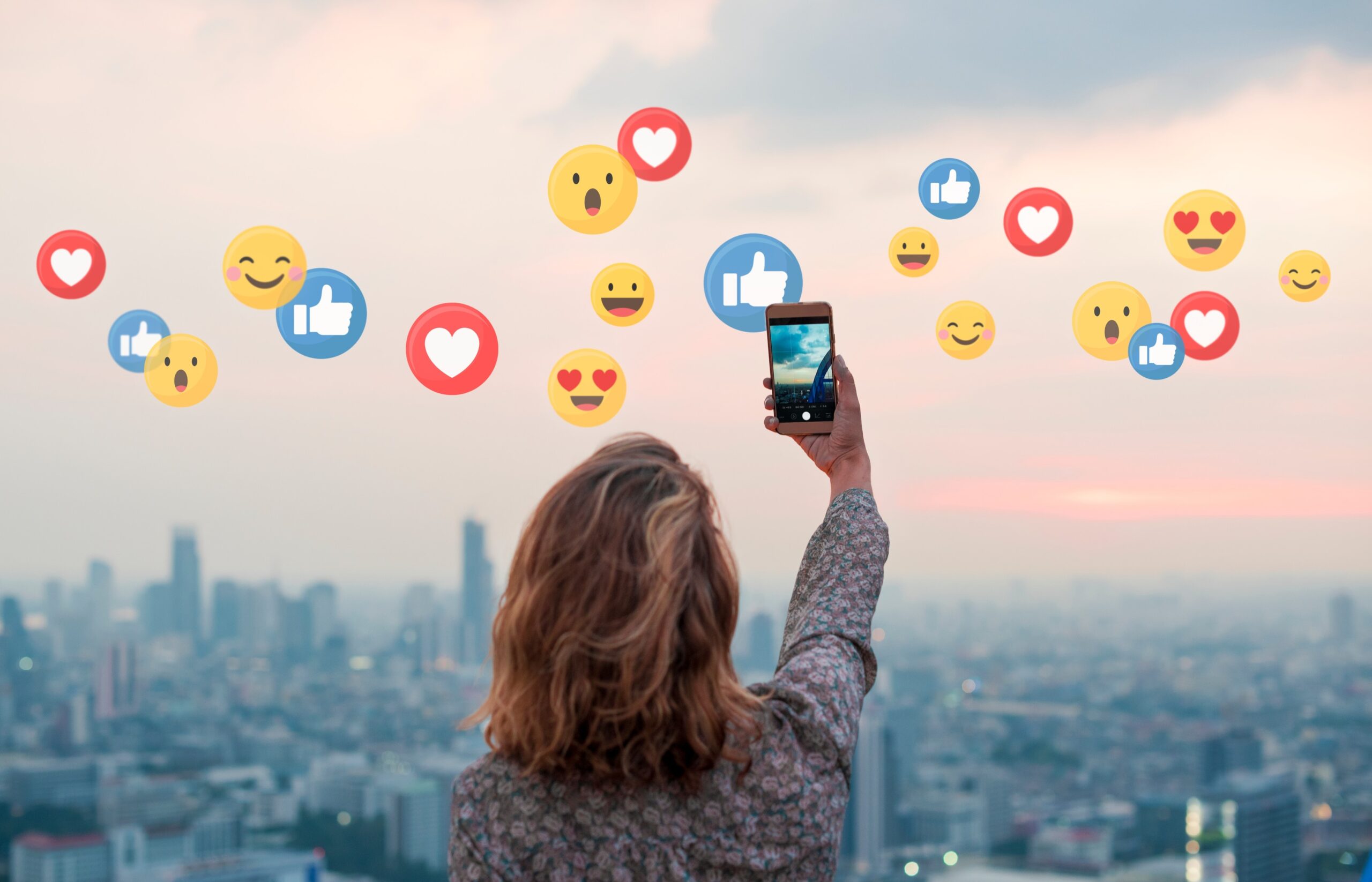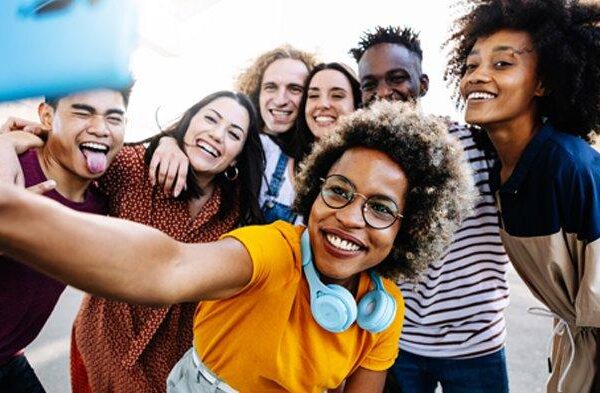At the bedrock of any influencer marketing campaign, we have our influencers. The group of people that have been a big role to play in the formation of influencer marketing.
Influencers tend to be experts at content creation. They share a close connection with their followers and therefore are the people who know their audience the best.
A collaboration with influencers can take on several forms. We have one time off collaborations on one end of the scale and a long term collaboration at the other end. No matter which strategy you choose to employ, what is most important is that the influencers chosen are suitable for the campaign.
Meaning of best fit influencers

A simple rule of thumb is to choose the best fit influencer. A best fit influencer generally refers to the influencer (s) that is the most suitable for the campaign you have at hand.
How do you know that this influencer is the best fit for your campaign? Well, the influencer should be able to accurately and effectively convey your brand’s message. To add on, the influencer’s content/values should be in line with your brand’s positioning.
Categories of influencers
Before we move on, it is important to understand that influencers can be categorised by a few categories.
Firstly, by the size of following. We can group influencers into macro, micro and nano influencers. Macro influencers have the largest following. This means that they enjoy a larger reach. Micro and nano influencers refer to those with a smaller following.
Although the outreach of micro/nano influencers is relatively lower, they tend to enjoy higher engagement rates. This is because micro/nano influencers tend to personally know a larger proportion of their followers. Therefore, the likelihood of engagement (via commenting etc) tends to be higher.
Secondly, you can categorize influencers by their niche. This means that influencers are categorised by their content. For instance, we have fashion influencers (such as @Mongabong, @beccabeczten), who specialize in creating fashion related content. Other categories include travel influencers, food influencers and even tech influencers.
Lastly, influencers can be categorized based on demographic. For instance, the most common way to categorise based on demographic is the stage of life they are at. Other examples include categorisation based on gender and occupation (students vs working adults vs retirees etc).
Why the need
Some of you might think why do we need to be so specific about the influencers we look for? Should we not just work with influencers that have the biggest following?
Well, while it is not wrong that such influencers do help spread your message to a larger group of people, size of following should not be the only criteria that is important. As we mentioned in the section about ‘categories of influencers’, influencers with different following sizes have their respective benefits.
Therefore, if you solely look at the number of followers, they could be a myopic view when it comes to the choosing of influencers. Instead, consider factors such as the purpose of the campaign, your marketing budget when choosing which category of influencers to pick from.
To add on, choosing the best fit influencer would reduce the chances of backlash and prevent an unimpactful campaign.
This can be illustrated with a simple example. How would you feel if your math teacher suddenly starts talking to you about grammar rules? You will most likely be confused and ignore whatever she has to say. (since her area of expertise is not in the english language).
Similarly, it is easy for us to ignore content when an influencer posts content that is out of her niche area/ not related to what she usually talks about.
To add on, an overwhelming majority of audiences have indicated that authenticity is important when deciding which brands to support. Therefore, influencer marketing has to be authentic.
You can do so by ensuring your campaigns are done by the most relevant influencers. For instance, influencers who have expressed support for your brand. More on how to choose your influencers will be elaborated on in the next section.
How can to look for the best fit influencers
Influencer finding tips: #1. Stay updated

The first step to looking for the best fit influencer is to follow them. After all, how will you know if their content ties in well with your brand if you do not know what they are postings?
You can look for influencers to follow by searching up relevant hashtags. Another way to do so is by following influencers who have interacted with your brand on social media. (by liking, tagging or commenting on your brand’s postings)
Influencer finding tips: #2. Check who has tagged/mentioned you

This suggestion relates to the point about authentic postings. If an influencer has brought up your brand before, the influencer has probably had an experience with your products. Furthermore, the experience will most likely be positive and memorable enough for them to share it with their followers.
You should engage these influencers for a campaign. Firstly, these influencers know your products and brand well (from their previous experiences). Therefore, the additional knowledge will allow them to sound more persuasive.
Secondly, the content posted seems more authentic. This is because influencers have talked about the brand before. Therefore, showing that influencers are promoting your product as they truly believe in it.
Influencer finding tips: #3. Using AI

The previous two ways involve looking for best fit influencers via human judgement. However, we might have biases we are not aware of. To add on, the number of influencers we know well (or even heard of) is often limited.
Therefore, (arguably) the most effective way of finding influencers that are most relevant to your brand would be through the use of AI. For instance, Kobe has its own AI driven system to match influencers to campaigns based on several factors such as influencer postings, profiles and content.
If you wish to computerize the process of selecting the best fit influencers, AI is certainly the way to go!
Sources
Buffer.com, /how-to-find-influencers-that-fit-with-your-business






